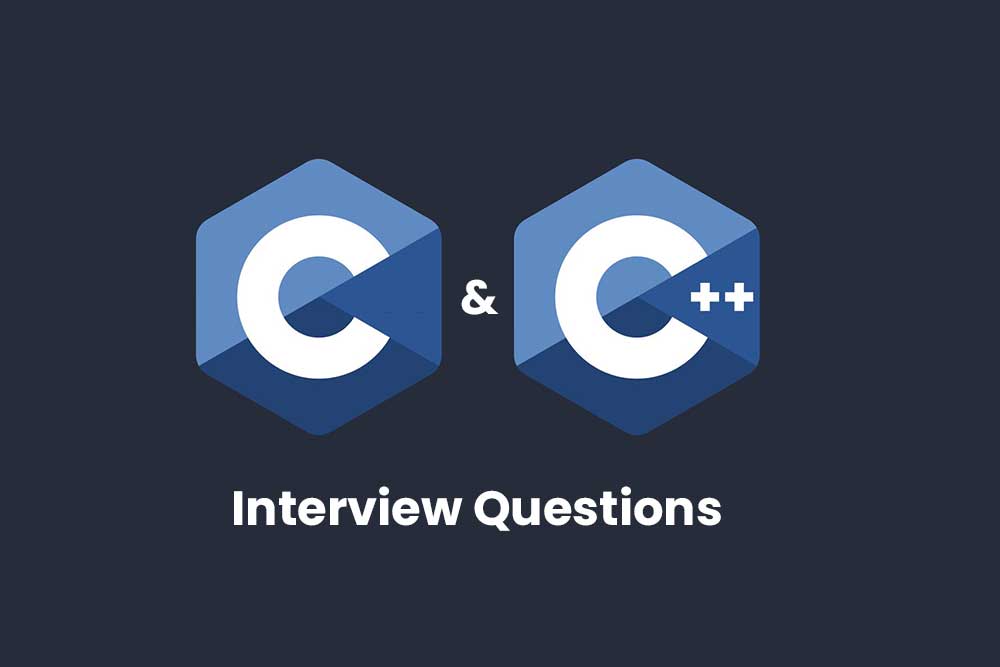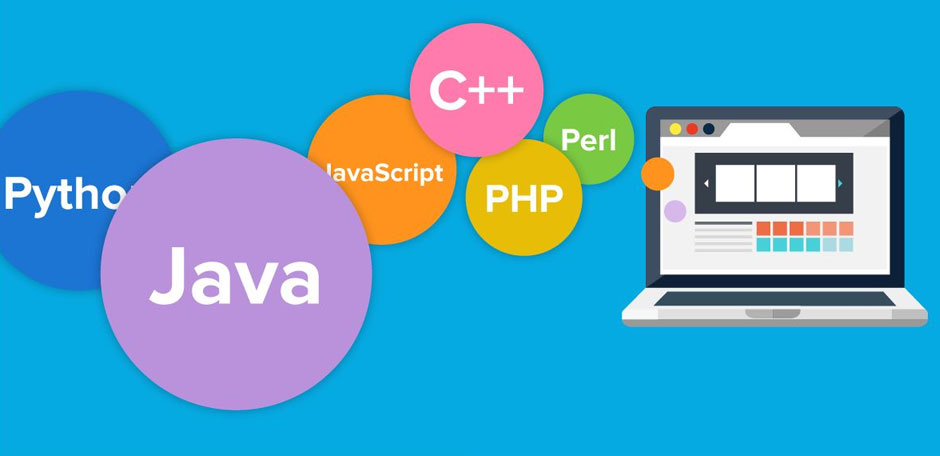Python is a sophisticated and flexible programming language with a large user base. Its scalability, complex syntax, and ease of use make it perfect for web development.
It finds usage in many different industries, including data analysis, software development, game creation, desktop apps, artificial intelligence, and automation. Python commands are quite powerful, and this article introduces Python and its many uses.
Improvements to Python’s technology will help web apps, machine learning, and other commercial uses. With a wide range of libraries and tools, Python becomes even more capable of building cross-platform applications.
Overview of Python
Python is a widely used programming language for web development and software engineering due to its versatility. A lot of people think it’s one of the most versatile and popular programming languages out there.
How does Python work?
Python has dynamic typing and is object-oriented, an interpreted high-level language. This free open-source program includes a library of commonly used functions and data structures. Its grammar is straightforward, and its designers aim for ease of use in reading and writing.
Python may be used with many different types of programming, including functional, procedural, and object-oriented approaches. Its flexibility for dynamic data types and variable binding makes it ideal for scripting and rapid application development.
What is Python used for?
Python is perfect for everyone, from complete programming newbies to seasoned pros. Powerful libraries are available for processing, analyzing, and visualizing data, and they are easy to learn and utilize.
Python is also a popular language since it makes creating apps quick and easy. Further, initiatives involving artificial intelligence and automation are ideal for this language. Thus, let’s investigate the potential real-world applications of Python.
Python for data analysis
Data is crucial in today’s modern economy, and most companies strive to gather, process, and analyze relevant data to get useful insights. When it comes to this, Python shines.
Python is a great language since it has a large standard library and various modules designed for analytical work. The two most popular libraries for data analysis in Python are NumPy and pandas. Among the various uses for these technologies are data cleaning and manipulation, statistical analysis, and discovering hidden patterns. Additional libraries may be useful for various data-related tasks, such as data visualization, web scraping, and hypothesis testing.
Data visualization in python
An autonomous branch of data analysis, data visualization helps make any data, whether raw or cleaned and processed, more entertaining and instructive. Python’s many data visualization capabilities make it relevant again in this setting.
The two most popular ones are matplotlib and seaborn, a derivation of it. With their help, we can create complicated visualizations like animation plots, streamlines, cluster maps, joy plots, and histograms, as well as simpler ones like line plots and bar charts.
Python also comes with a plethora of graphical libraries, some more generalized (such as Altair, Bokeh, or Plotly) and some more specific (for example, missingno, which visualizes missing values, Toyplot, which builds maps, etc.), for example, for electronic publication you can make interactive plots.
Python for machine learning
Machine learning is at the heart of most data science positions. It is shorthand for artificial intelligence that teaches computers to see patterns in data using algorithms, allowing them to make predictions based on data that weren’t there before.
You can develop models that can perform a lot of amazing things with the aid of ML techniques. For example, we can determine where taxis should park and predict someone’s likelihood of having a specific ailment.
By abstracting away the bulk of the computations and processes, Python ML libraries substantially reduce the burden on the user, even when complex actions occur in very few lines of code. Some of the most popular libraries include Scikit-Learn, Keras, TensorFlow, and PyTorch.
Python for developing software
Python isn’t only useful in data research; it’s also utilized in every step of the software development lifecycle, from automated continuous compilation and build control to testing, prototyping, and software maintenance.
Due to its strong and flexible character, this programming language may be used to develop complex numerical computations, multi-protocol systems, or even very simple ones. Python opens the door to the creation of audio and video applications, APIs, GUIs, and other types of software via ML and AI techniques.
Python for web development
Most websites employ languages like HTML, CSS, and JavaScript for the visible, user-facing part, whereas Python is more often used for the invisible, behind-the-scenes part. Python is used by popular frameworks like Django and Flask to accomplish these goals.
The built-in modules of these frameworks facilitate server data exchange, information processing, database access, URL routing, content management, and website security. Reddit, Facebook, Instagram, YouTube, Google, and Dropbox are among the most famous websites and applications that were developed using Python.
Python for scripting and workflow automation
Python is an excellent programming language for automating a wide range of repetitive tasks. One other name for this approach is scripting. Particularly impressive is the capability to automate the management of folders and files.
For example, you may make changes to existing files, add new ones, rename them, convert them, split them, merge them, or remove them entirely. Additionally, you have the option to search for certain text patterns, typos, or duplicates.
Filling out and submitting online forms, sending out frequent emails or notifications, and searching and downloading information from the internet are all tasks that may be accomplished using Python automation.
It would be very boring, hard, and error-prone to execute all of these things by hand. Your productivity will skyrocket, and you’ll have more time for creative pursuits, since Python scripts can handle tasks like these in a flash.
Conclusion
There is a limitless amount of possible applications for this popular language; the vast support system and diverse library resources are only the tip of the iceberg. There is a wide range of motivations for wanting to learn Python. This skill will be in demand for the foreseeable future because of how useful it is in many different industries.





